First, “volcanic winters”, and then a meteorite strike killed prehistoric reptiles
What killed the dinosaurs — an asteroid or a supervolcano? A new study claims that prehistoric monsters were destroyed by a combination of these two factors. «Volcanic winters» weakened the dinosaurs for 200,000 years to extinction. The “final blow,” according to the researchers, was likely caused by the Chicxulub meteorite.
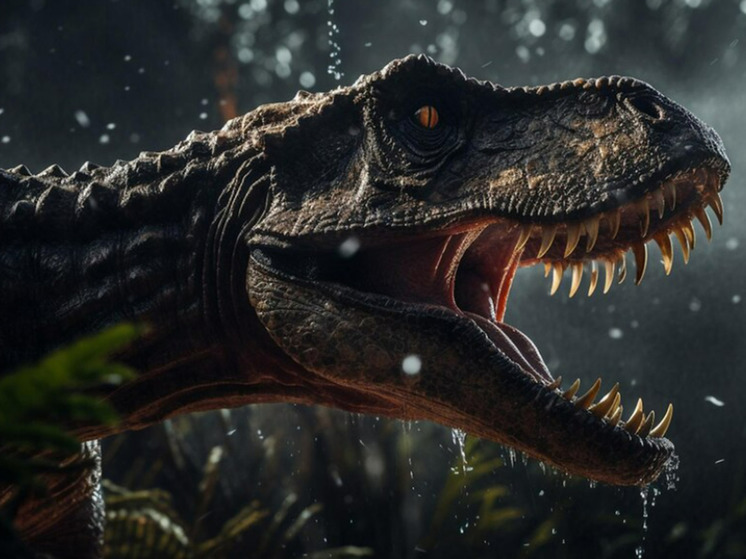
Repeated «volcanic winters» may have left dinosaurs hungry, cold and vulnerable to a deadly «final blow» the asteroid that ultimately finished them off, writes the Daily Mail.
At least that's the conclusion of an international team of researchers from Italy, Norway, Canada and the United States in a new study that analyzed sulfur and fluorine gases contained in ancient volcanic rocks of the infamous Deccan Traps supervolcano. Traps – This is a special type of continental magmatism, which is characterized by a huge volume of basalt outpouring in a geologically short time over large areas.
According to a new study, this sulfur and fluorine, released by the Deccan plateau traps in what is now India more than 200,000 years before the extinction-level event, should have lowered global temperatures by as much as 10 degrees Celsius.
The findings bring further clarity to the raging debate between paleontologists and other scientists about what actually drove the dinosaurs to extinction. The new work is consistent with a compromise theory: the «momentum-driven extinction model.»
«Our research shows that climatic conditions were almost certainly unstable,» says study co-author and geologist Don Baker, «with repeated volcanic winters that may have lasted for decades before the extinction of the dinosaurs.»
«Our work helps explain this significant extinction event that led to the emergence of mammals and the evolution of our species,” says Baker, who teaches at Canada's McGill University in Montreal.
The team analyzed trapped sulfur and fluorine compounds in samples taken from the «lava pile» Deccan Traps in India's Western Ghats mountain range, near Bombay.
Tiniest concentrations of compounds, measured in parts per million, were determined using synchrotron radiation X-ray fluorescence spectrometry, which bombards samples with magnetized corkscrews of radiation and then records how this radiation is reflected and scattered back.
Baker used a culinary analogy to explain the process of calculating the volume of atmospheric sulfur and fluoride from the small percentages contained in these lava rocks. "Imagine making pasta at home. You boil water, add salt and then pasta,” Baker began in his statement. – Some of the salt in the water ends up in the pasta, he said, but not that much.» Baker and his team worked with similar known relationships to estimate how much of the gas compounds sulfur and fluorine entered the Earth's atmosphere in during the Cretaceous period.
A sustained decline in temperature during the Late Cretaceous has been estimated by past paleoclimate studies to be accompanied by an increase in the concentration of sulfur compounds in several layers of ancient lava from the Deccan traps: layers known as Thakurwadi, through the Boucher rock formations.
It was discovered that that the sulfur content in these layers reaches 1800 parts per million. According to the researchers' calculations, this would indicate that a volume of sulfur dioxide gas measuring somewhere between 86,000 and 466,000 cubic kilometers erupted into the prehistoric atmosphere.
When it came to fluoride gases, Baker and his colleagues do not believe that it contributed to major climate change, but that its concentrations had other, more localized, toxic effects.
"There is historical evidence of the localized effects of degassing fluoride,” they wrote in their study published in the journal Science Advances, “which is easily precipitated from volcanic haze.”
These local impacts included "acid rain, crop failure, and livestock poisoning" following the eruptions of Iceland's Laki volcano in 1783 and 1784.
Essentially, the researchers suggest that the release of fluoride from the Laki volcano may be a good example of how the supervolcanic activity of the Deccan Traps may have further harmed dinosaurs over 66 million years back.
«Volcanism in the Deccan Traps set the stage for a global biotic crisis,» as the team put it in their new study, «by continually worsening environmental conditions, causing repeated short volcanic winters.»
But with «the final blow,» they believe there was almost certainly the well-known Chicxulub impact, when a carbon-rich asteroid crashed into Mexico's Yucatan Peninsula some 66 million years ago.
The impact, which left a six-mile-wide crater visible to this day, devastated the planet, kicking up a hot cloud of dust, ash and steam and spewing 25 trillion metric tons of material into the atmosphere, some of which even escaped Earth's orbit.
The heating of the rest of that material caused 70 percent of the wildfires, scientists say territory of the planet and left massive clouds of dust that hastened the onset of a new ice age.
But by then the dinosaurs were already suffering from bad weather, suggests a new paper by Baker and his team. “Our data set,” they wrote, “indicates that climate disruption caused by the volcano has already begun.”









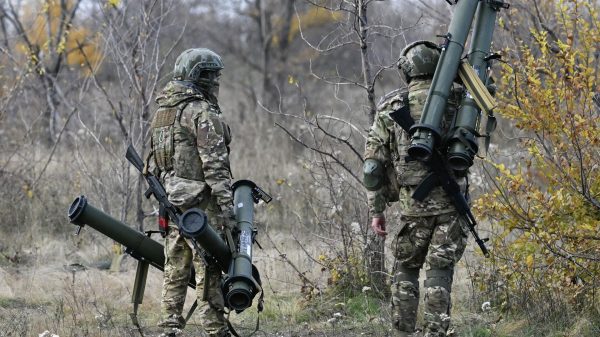
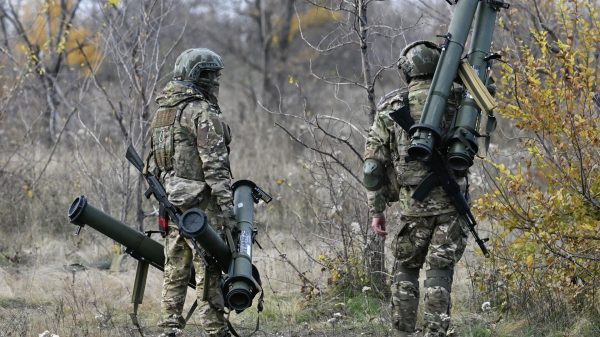







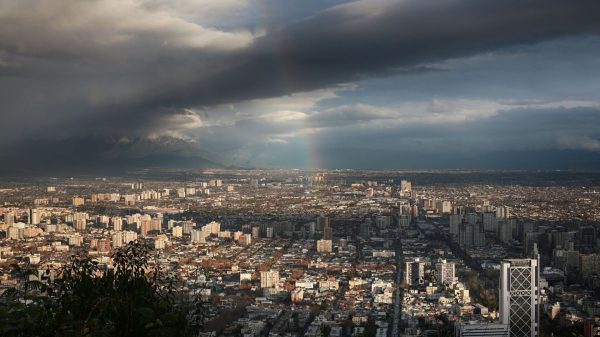

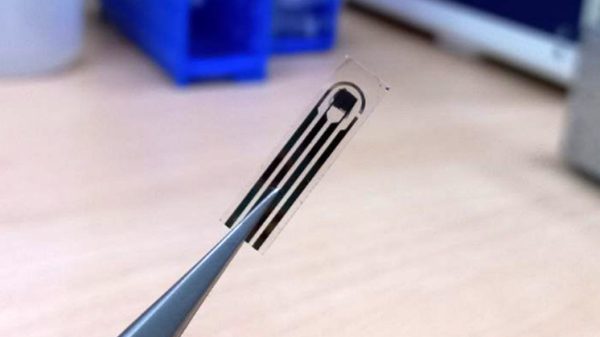



































Свежие комментарии